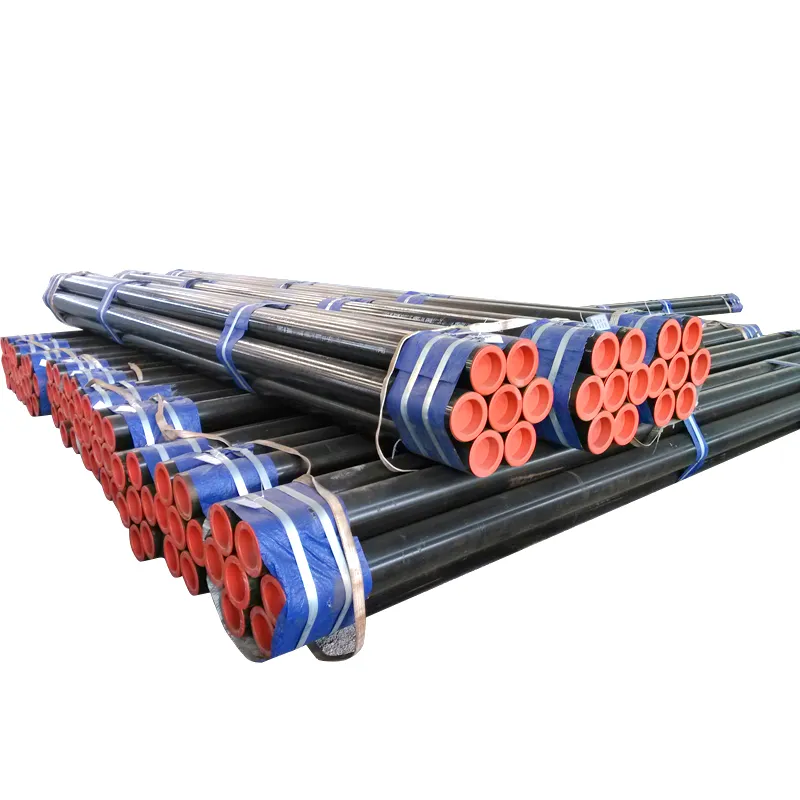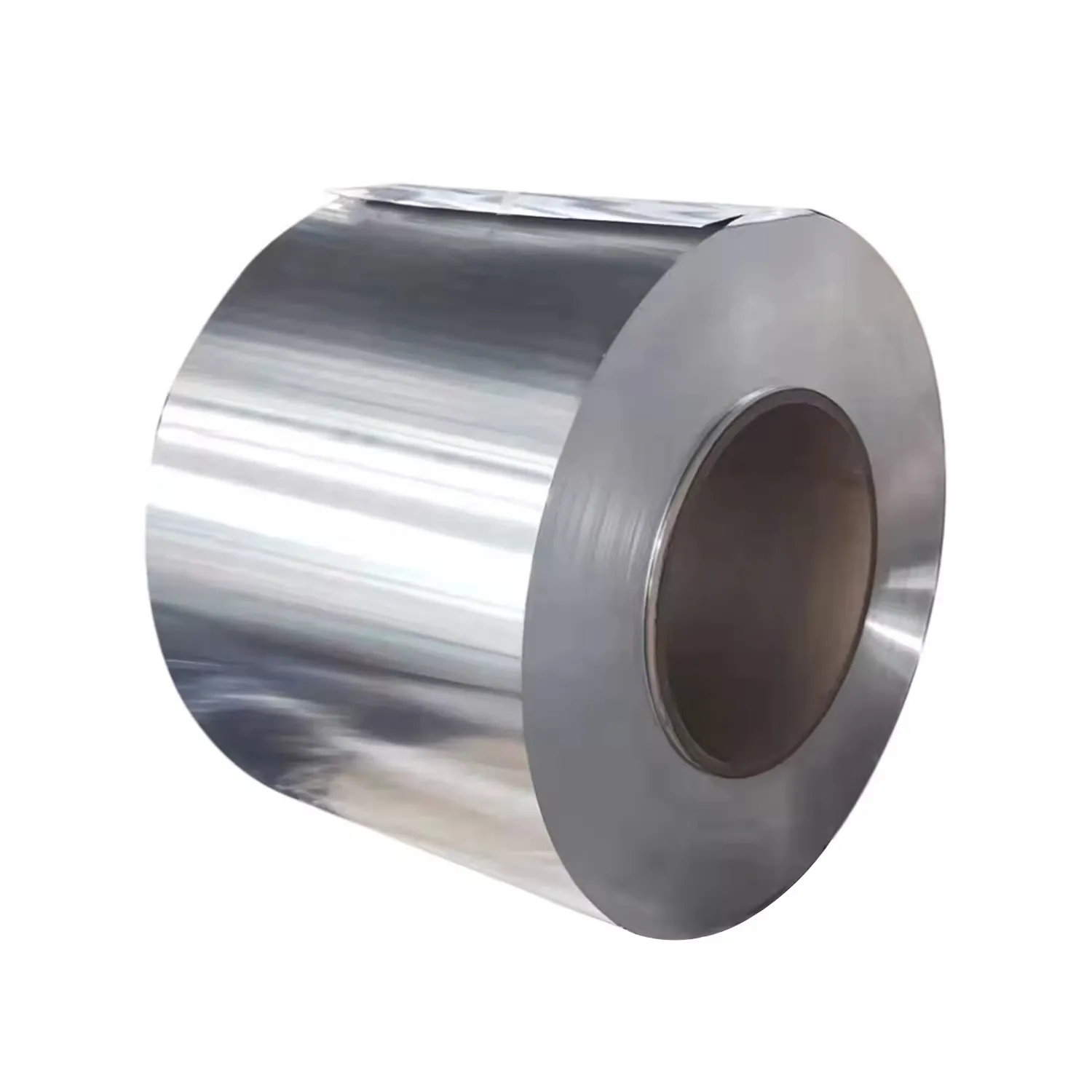Cold drawn seamless steel pipe is produced by reducing the diameter and wall thickness of hot rolled seamless tubes through a series of drawing dies, resulting in superior dimensional accuracy and surface finish. This process enhances mechanical properties (yield strength +15–20% vs. hot rolled) and achieves tight tolerances (OD ±0.1mm, wall thickness ±0.05mm), making it ideal for precision applications. Materials include carbon steel (1010, 1045), alloy steel (4130, 4340), and stainless steel (304, 316), with diameters ranging from 6mm to 200mm and wall thicknesses 0.5–15mm. The cold drawing process may involve single or multi pass operations, followed by annealing to restore ductility and relieve internal stresses. Surface finishes can be bright (polished to Ra ≤0.8μm) or black (oil coated for rust prevention), with options for electroplating (chrome, nickel) for decorative or wear resistant applications. Key applications include: hydraulic cylinders (requiring smooth internal surfaces for piston movement), precision machinery shafts, medical equipment tubing, and automotive components (steering columns, brake lines). Quality control includes eddy current testing for surface defects, roundness checks (≤0.05mm deviation), and hardness testing (HRB 60–90 for carbon steel grades). Compared to hot rolled pipes, cold drawn products offer better fatigue resistance and formability, though at higher production costs, making them the preferred choice for applications where precision and performance outweigh budget considerations.


